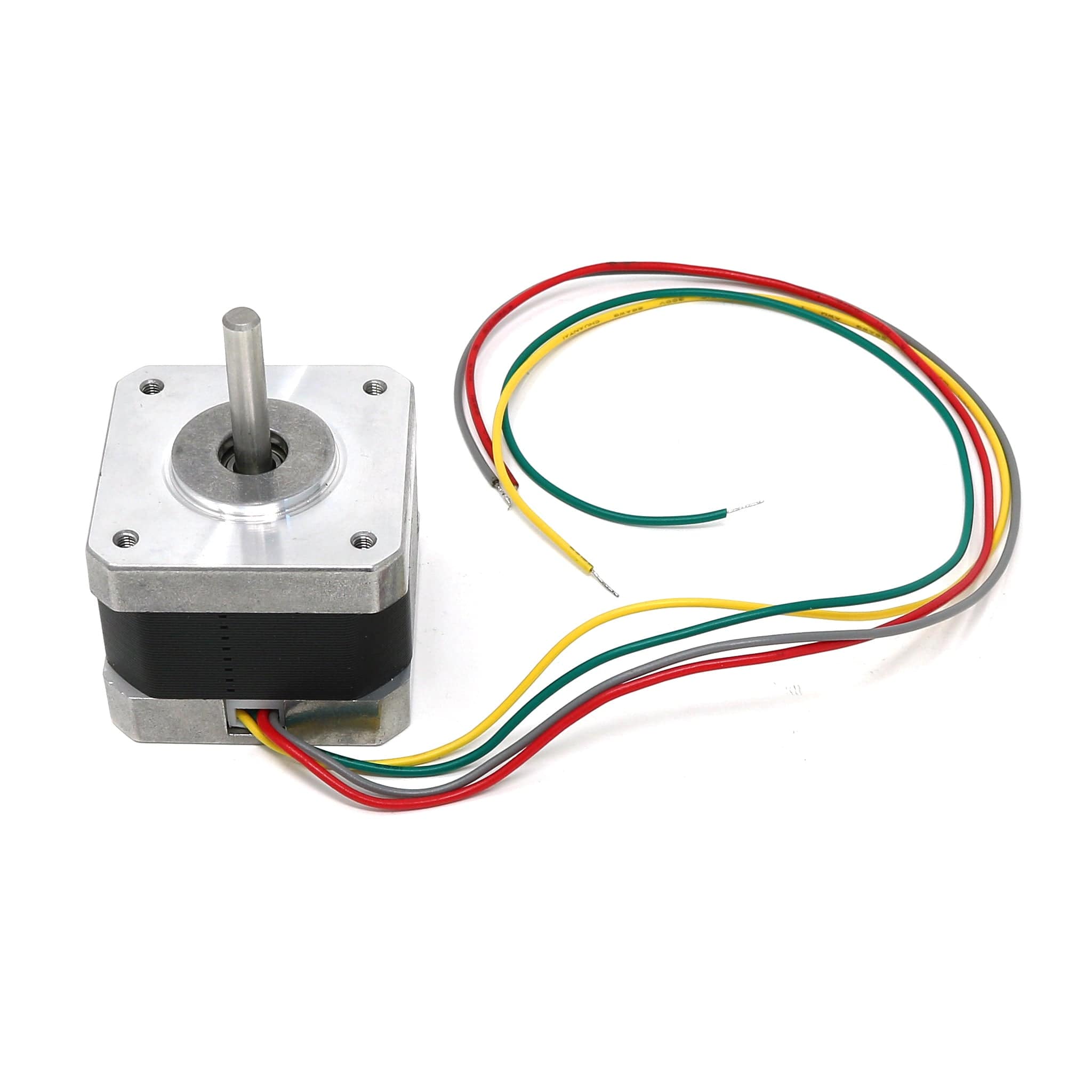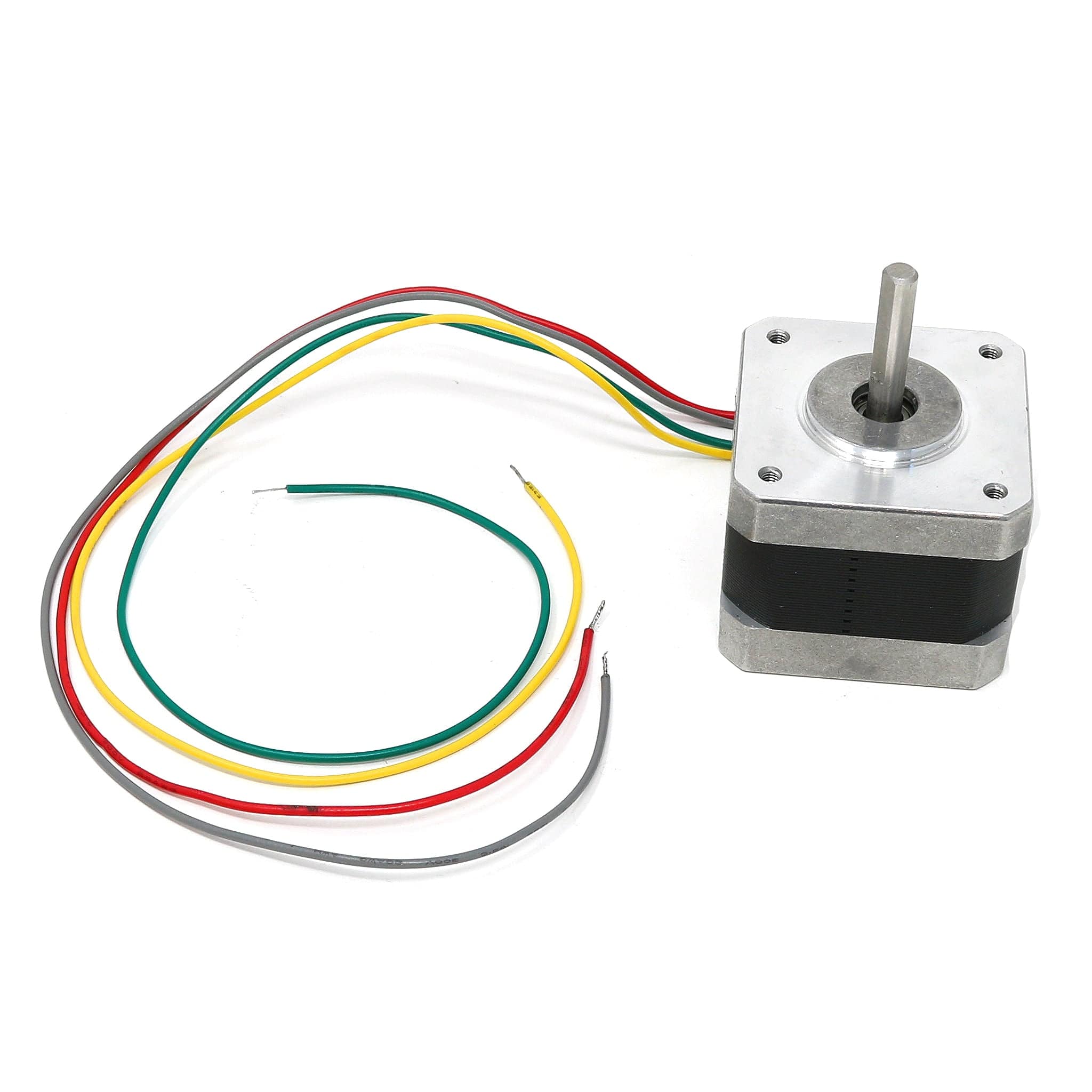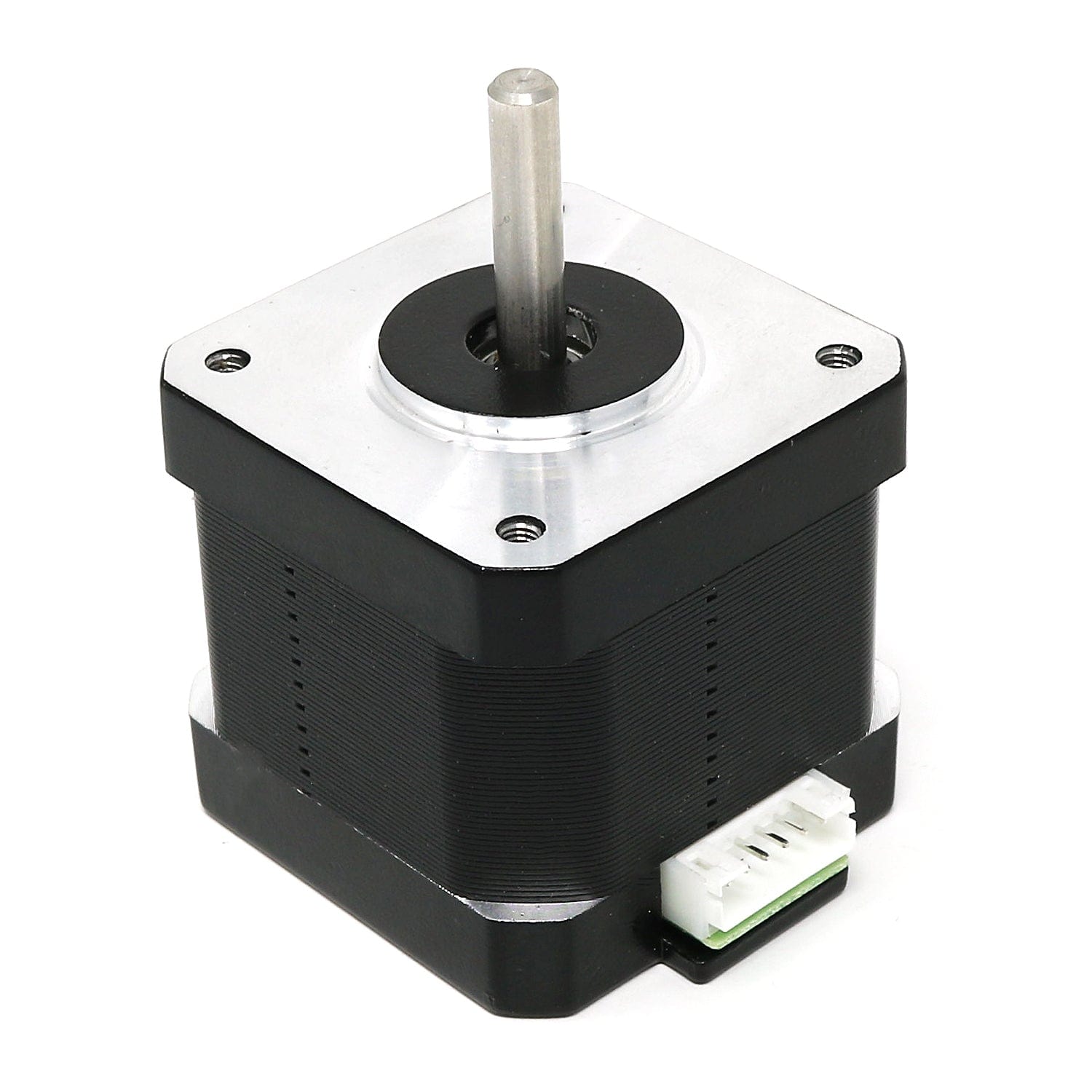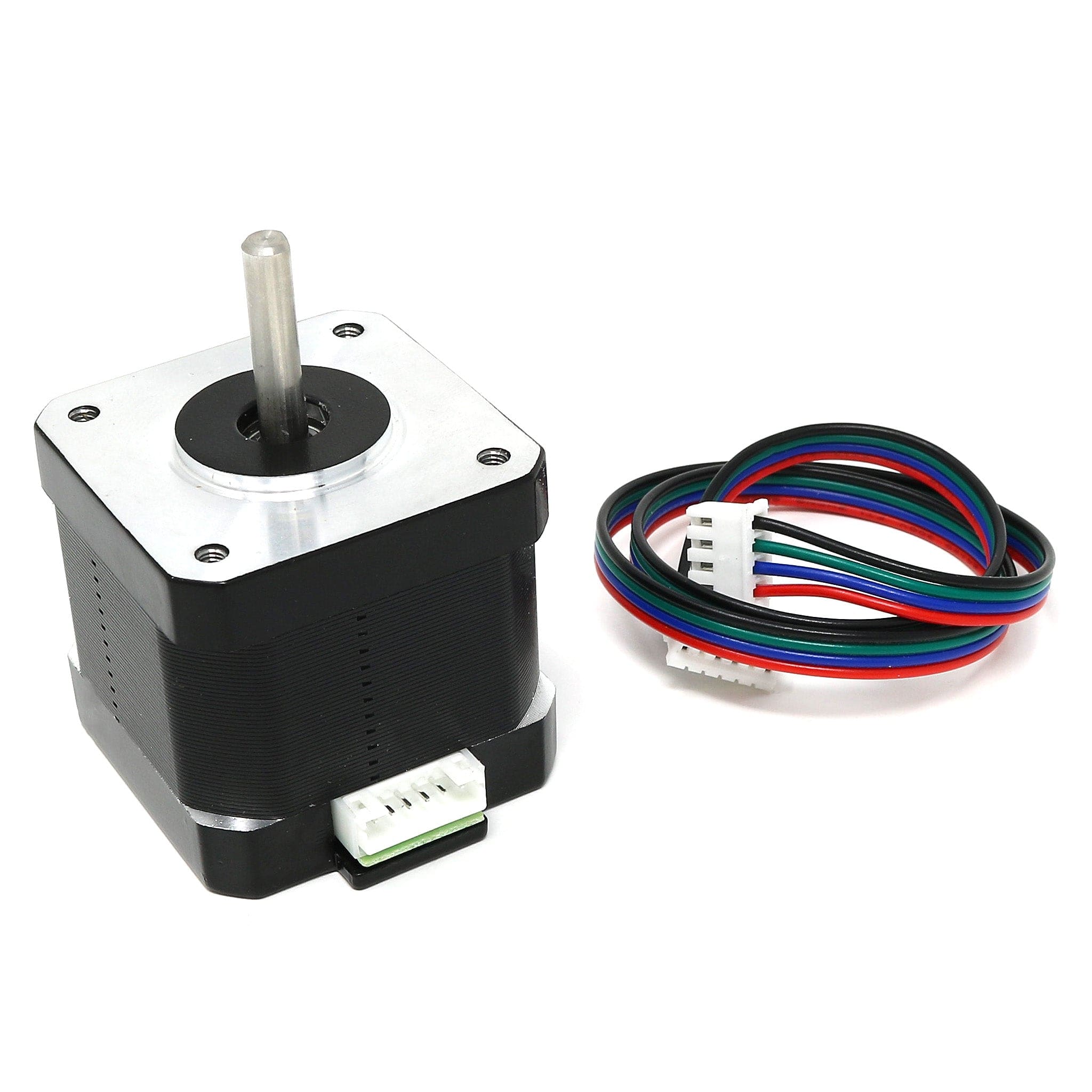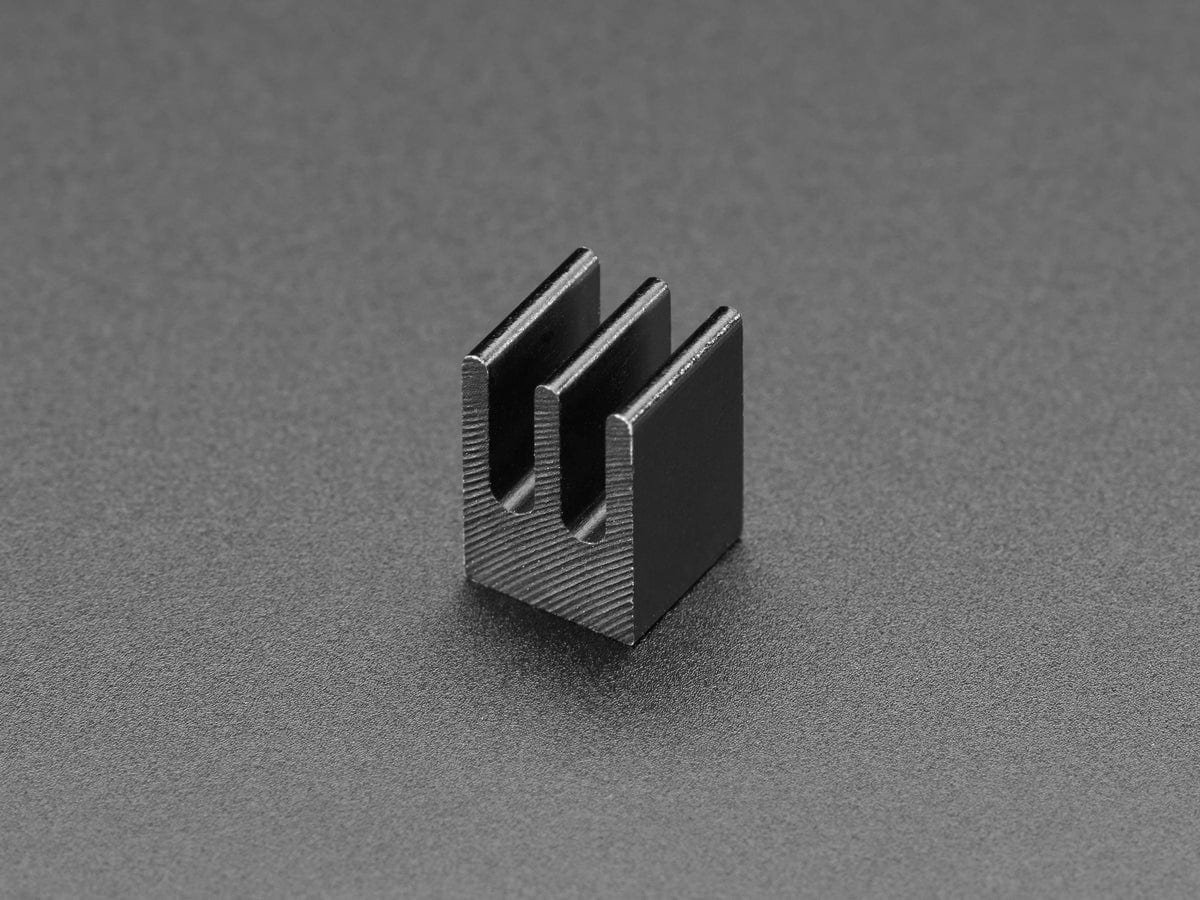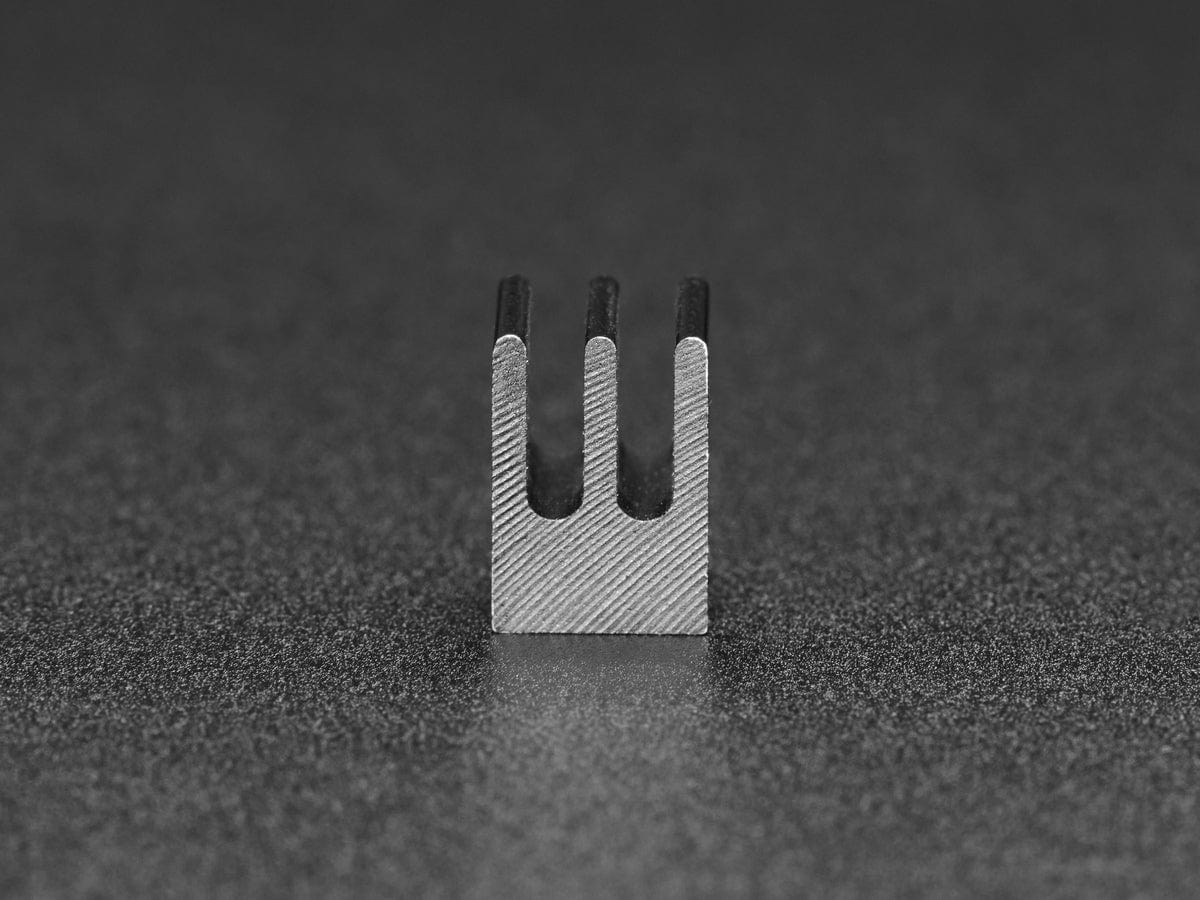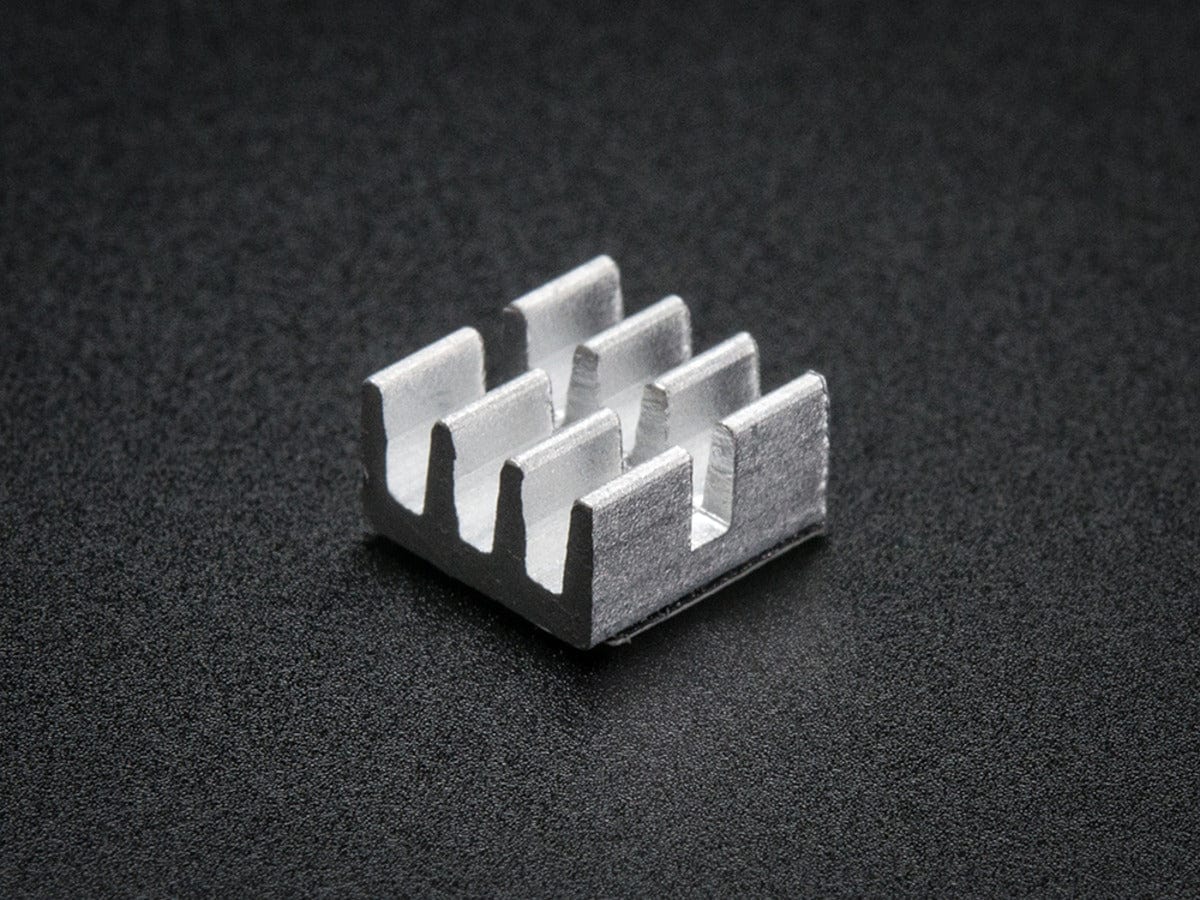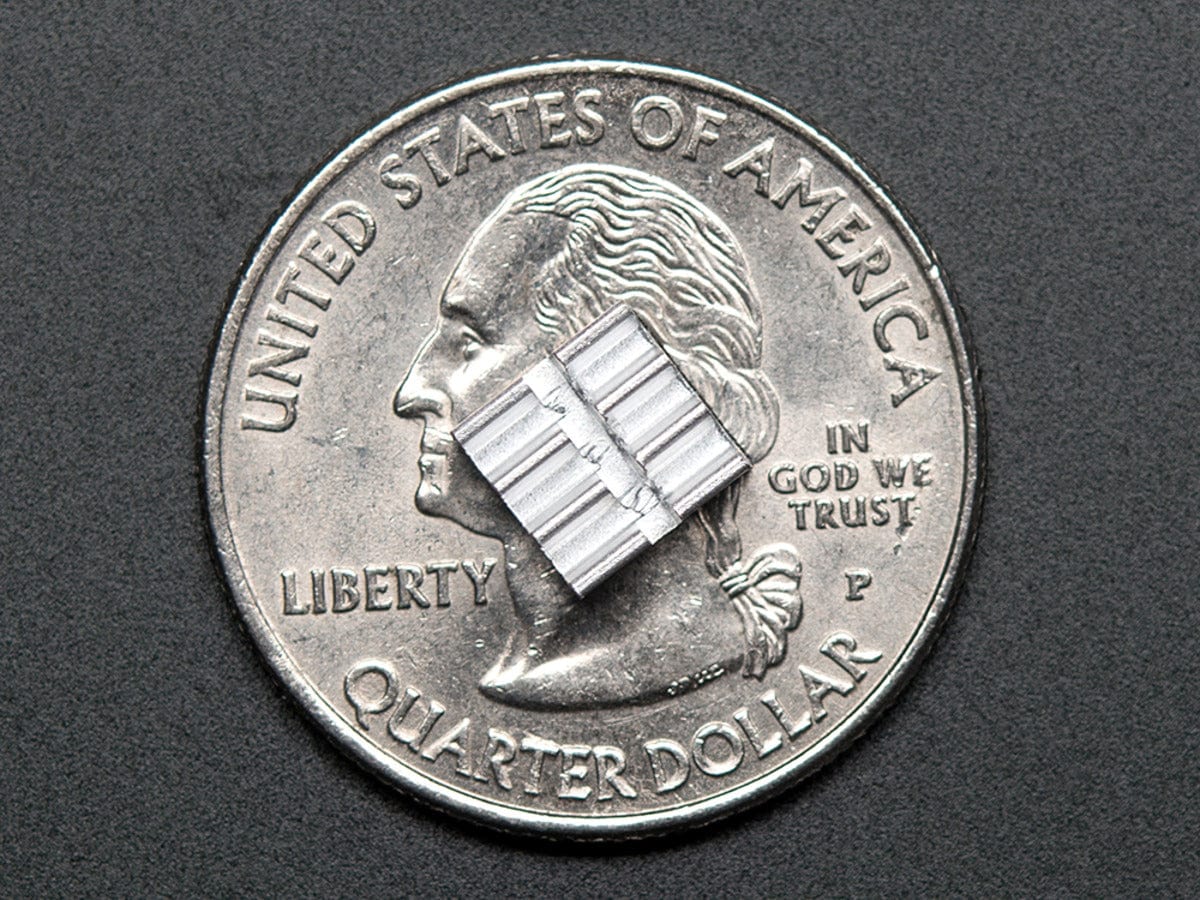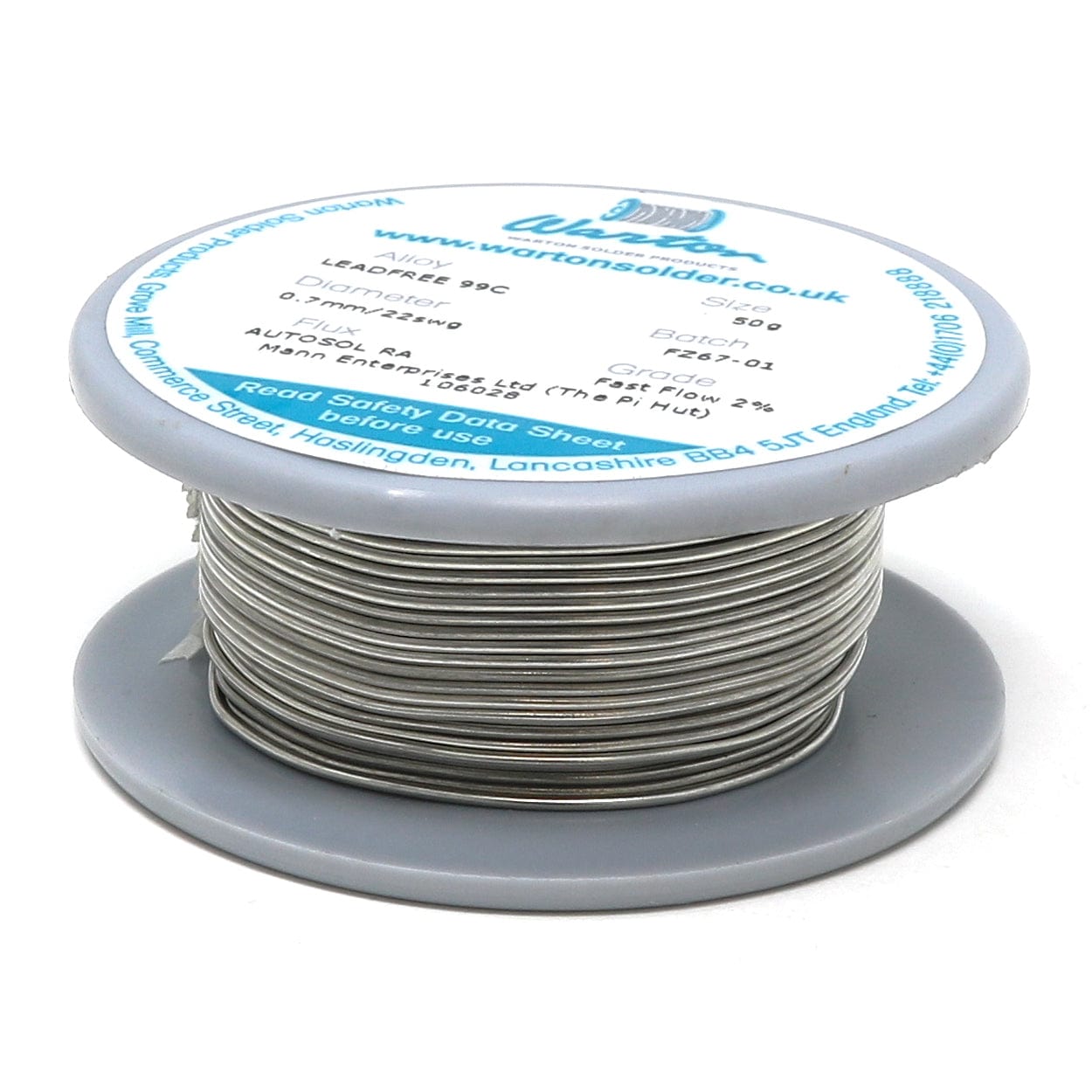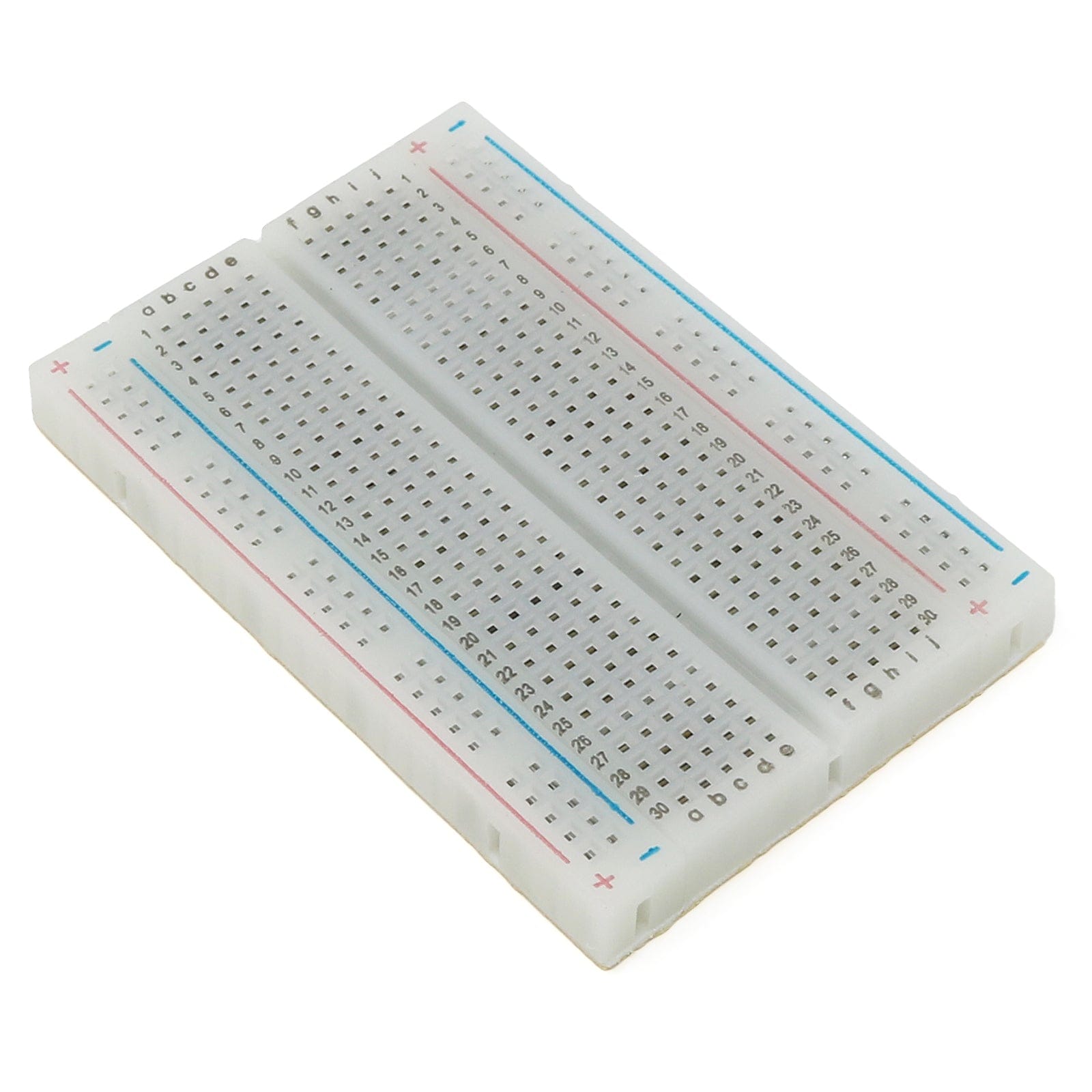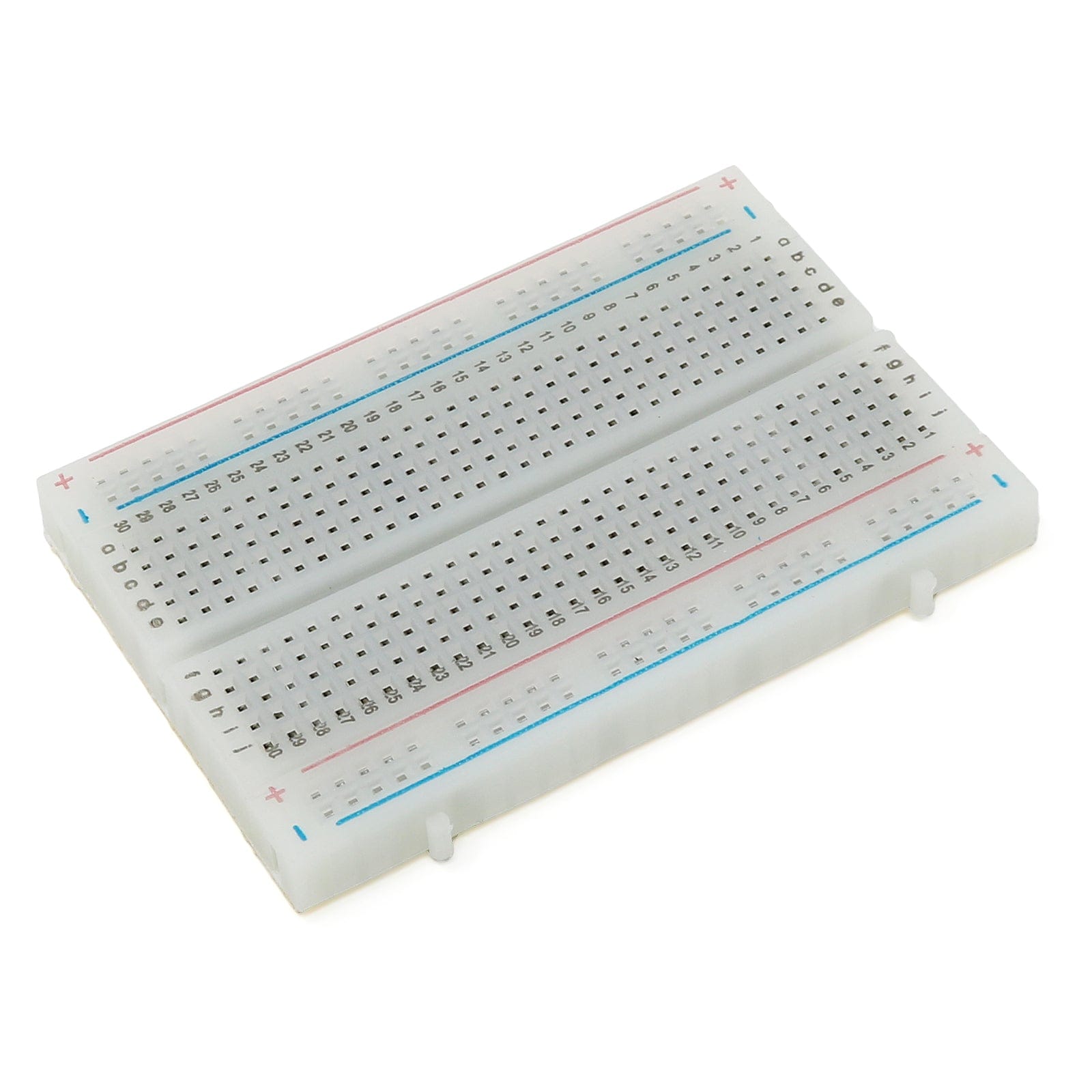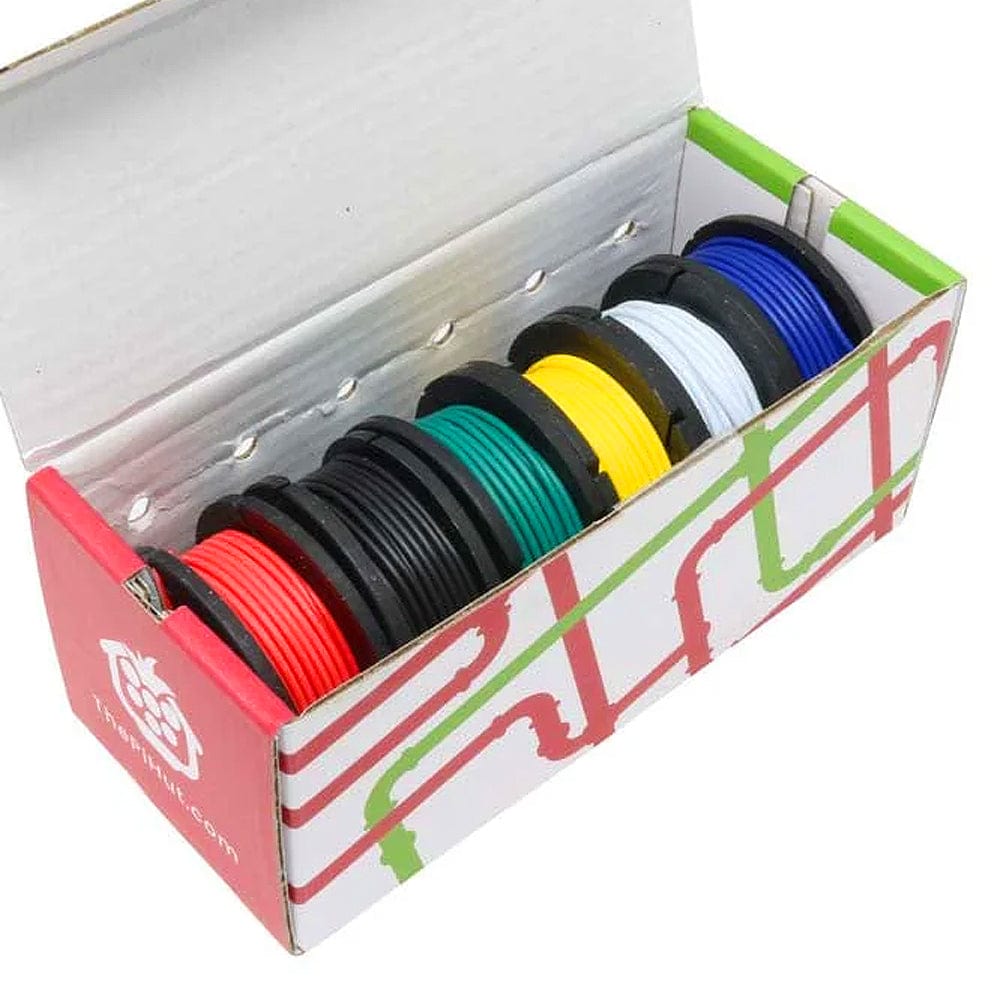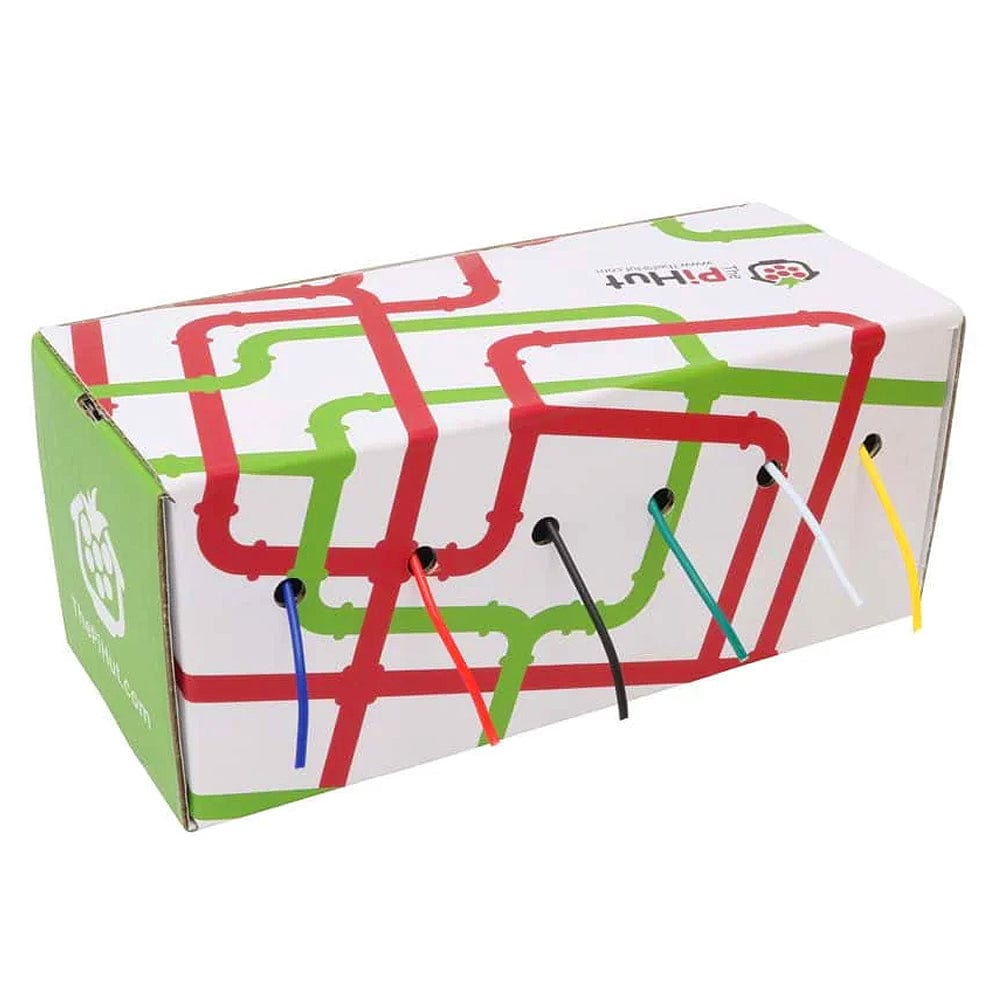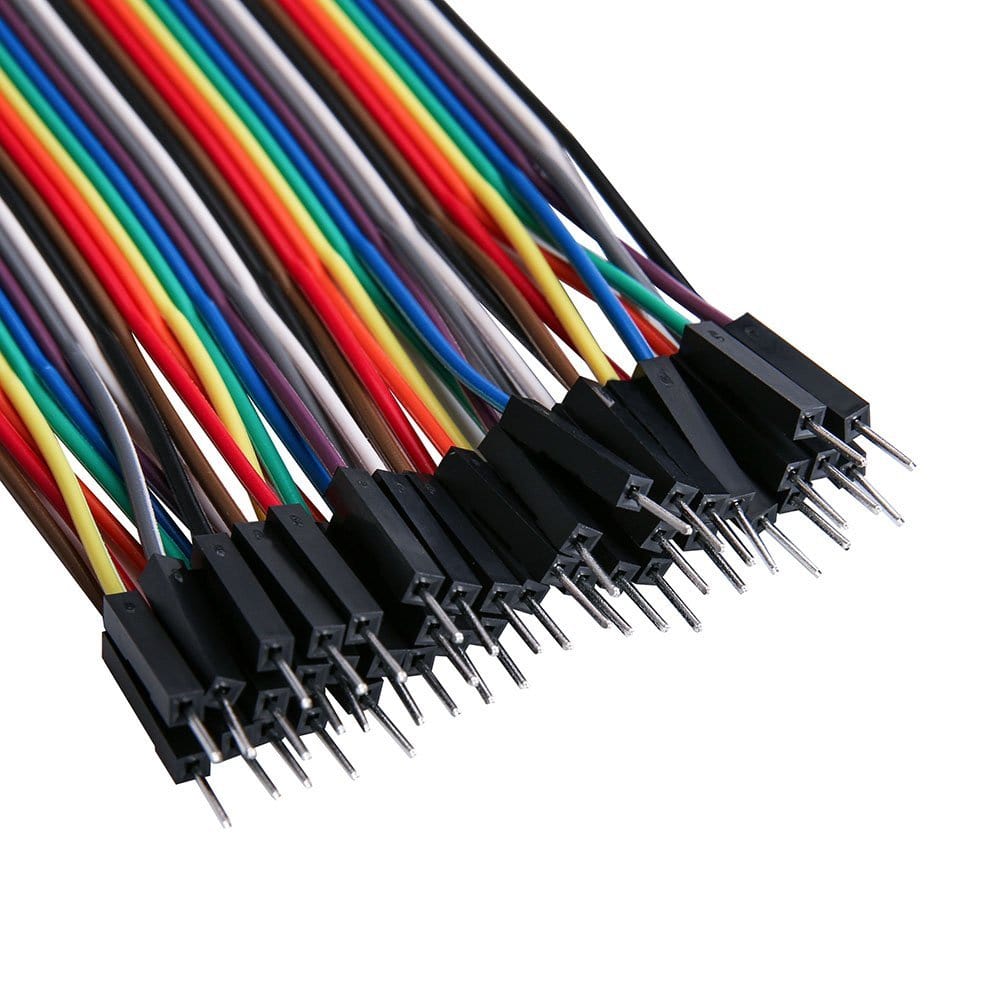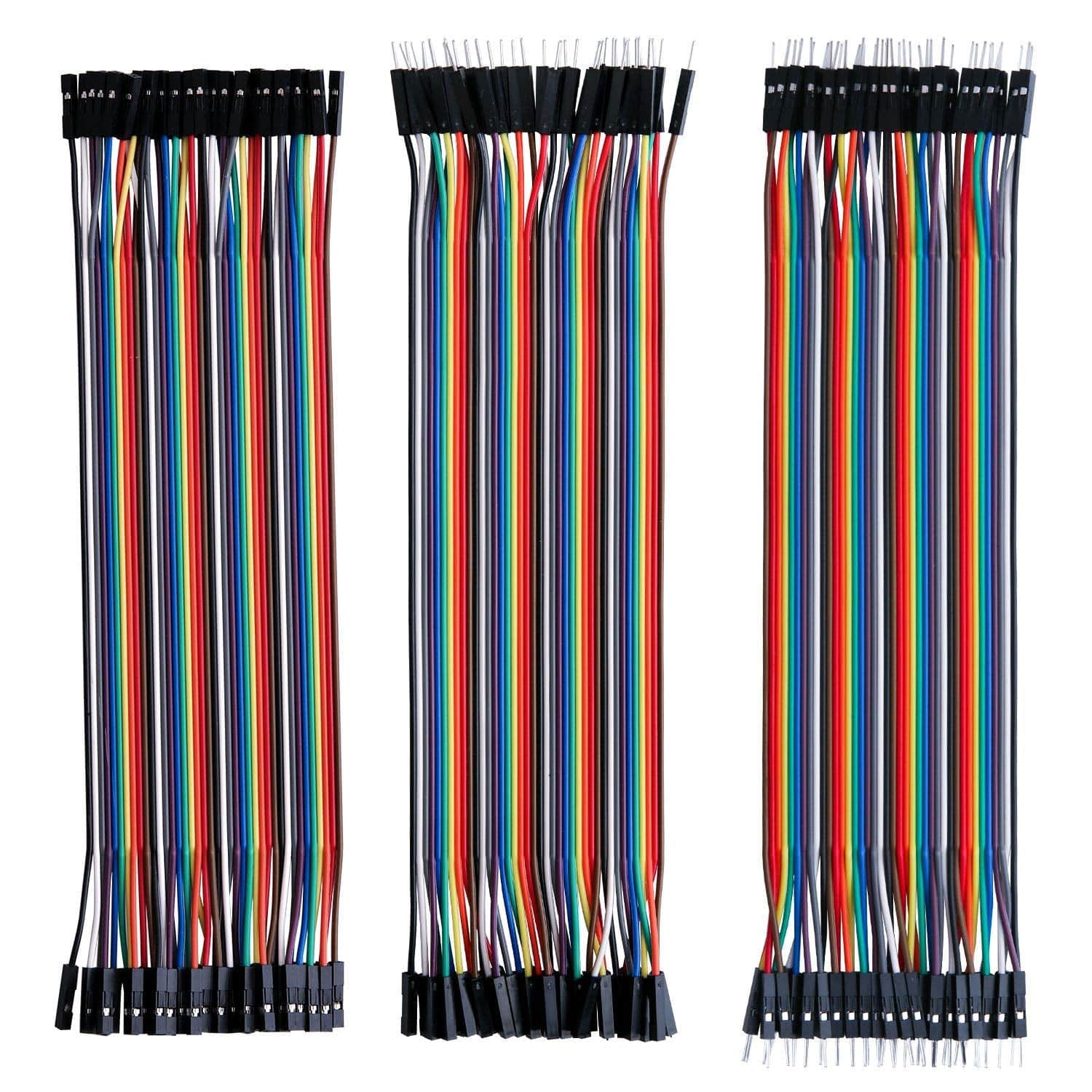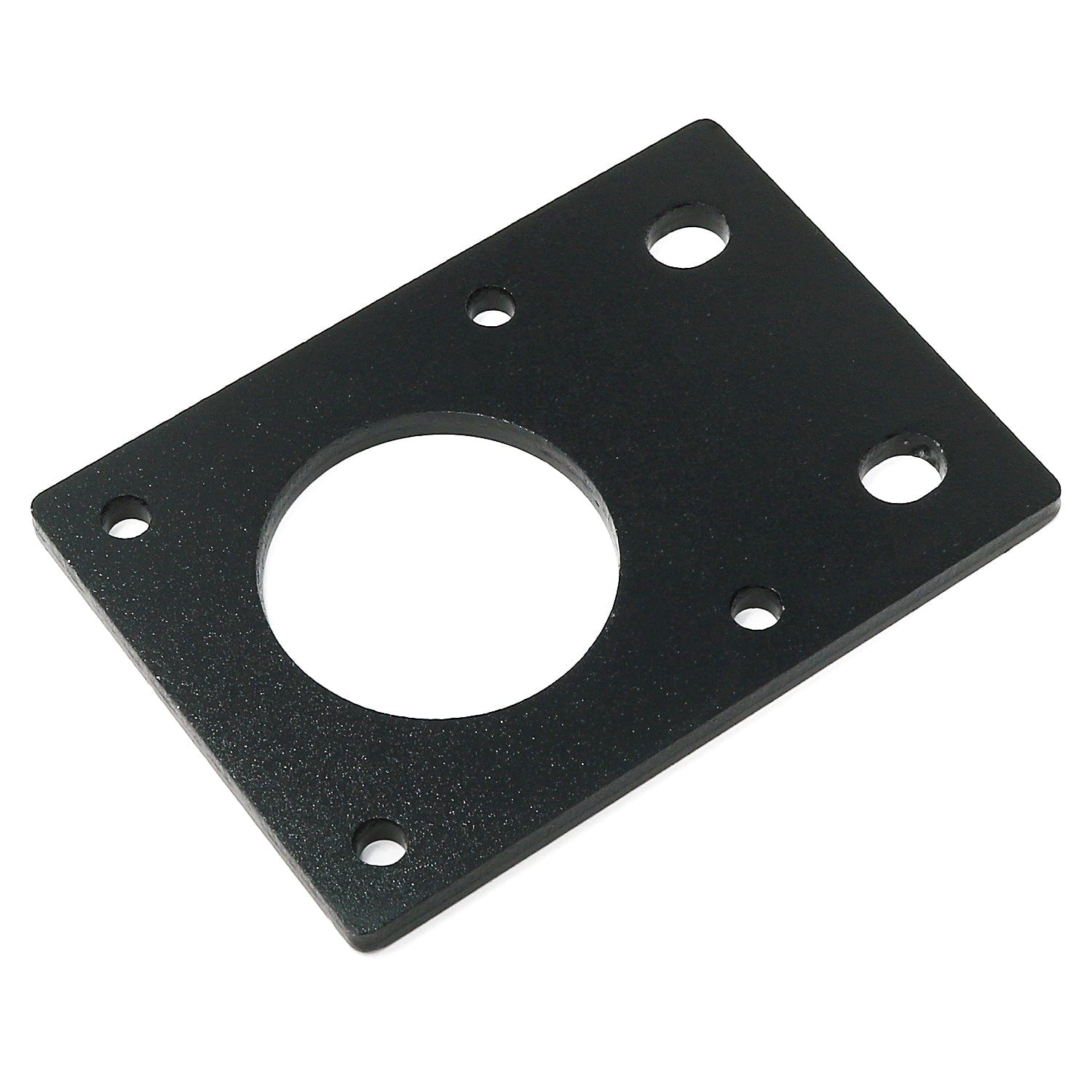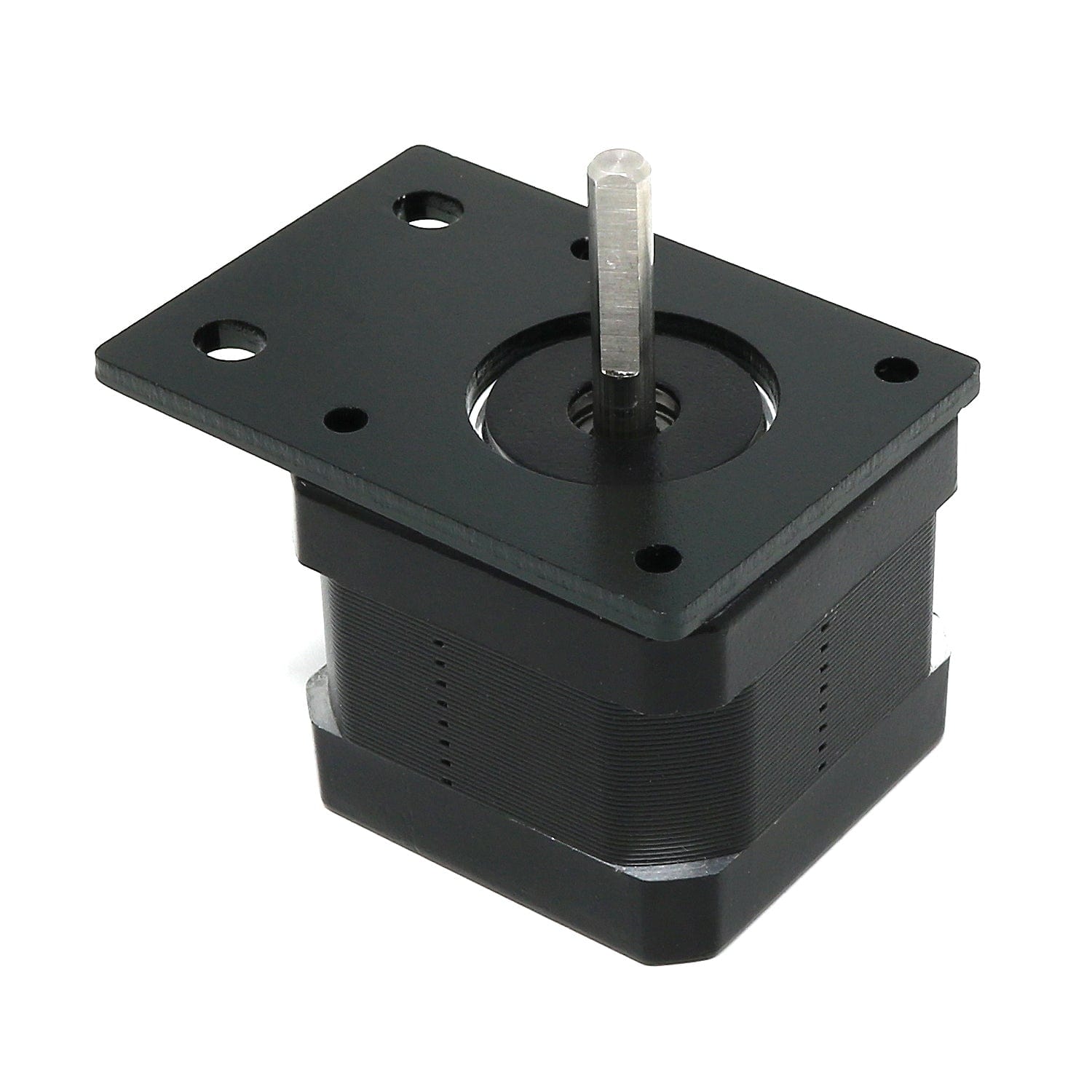




Login / Signup
Cart
Your cart is empty





Stepper motors are used for CNC machines, 3D printers, and whenever else one needs precise, powerful motion. But to get good behaviour from steppers, you need a motor driver chip that can provide high bursts of current, and for smooth motion, be able to PWM that current for microstepping support.
You can DIY this with a lot of timers, a microcontroller, and an H-Bridge chip - or you could take the easy way out and use an Adafruit STSPIN220 Stepper Motor Driver Breakout Board, which makes controlling stepper motors easy-breezy, with a simple GPIO-only interface.
All you need is two output pins: no timers, PWM, or a real-time microcontroller. Set the DIRection pin high or low to set the spin orientation. Then, toggle the STEP pin to take one step or microstep at a time. By default, the board is configured for 1/16 microsteps per toggle. However, if you want to connect the RESET pin and the two mode pins, you can set anywhere from 1, 1/2, 1/4, 1/8, 1/16, 1/32, 1/64, 1/128 or even 1/256! The microstep mode is determined by the DIR/STEP/MS1/MS2 pin states when coming out of reset. The step/microstep mode can be adjusted on the fly! LEDs on the DIR and STEP pins let you get visual feedback of your motor signal.
We stock quite a few of these "DIR/STEP" stepper drivers - each with its strengths! Here's a quick comparison:
The STSPIN220 is a popular driver chip, especially for smaller/lower-voltage motor driving. Often it comes in "3D printer breakout" designs: those breakouts are great for plugging into motherboards, but are a little tough to use for prototyping. Our version comes with terminal blocks for the motor power and stepper wires, plus nicely labelled pins for control and mounting holes.
This driver has built-in current-limiting capability. To use the current limiting capability, twist the onboard potentiometer: when all the way to the right, we can get up to 2A max. Note that the higher the currents, the hotter the motor driver and stepper will get, so you may need to add heatsinking to the chip. We don't include a heatsink, but you can get a tall ~80ºC/W or short ~90ºC/W heatsink to attach on top.
Comes as one assembled and tested breakout, plus a small strip of header. You'll need to do some light soldering to attach the header to the breakout PCB.
Microcontroller, motors, and power supply not included. You will need some sort of driver board that will toggle the DIR/STEP pins for you.






